[ad_1]
Horticulture is filled with fancy botanical Latin phrases and technical phrases that always put gardeners off. These botanical phrases could seem terribly tough, or worse, incomprehensible. However I promise plant naming is just not as tough on account of it appears.
We now have Swedish botanist Carl Linnaeus to thank for this stress-inducing, mysterious plant naming system. Because of the quantity of vegetation he handled over 250 years beforehand, Linnaeus needed a simplified widespread system to make the most of in his e book Species Plantarum. Thus, binomial nomenclature was born. Technically he wasn’t the primary to make the most of this method, nonetheless was the primary to utilize it repeatedly to the plant kingdom and later to the animal kingdom.
Understanding plant classification provides you vital info which can allow you to higher care in your crops. Sadly, frequent names aren’t fastened, so it’s laborious to rely upon them alone. Plus, they miss among the many many clues concerned in classification that present greater info of what we’re rising.
Let’s have a look on the botanical phrases utilized in naming and classifying vegetation. I’m specializing in these which are helpful to gardeners nonetheless know that there are a great deal of additional groupings within the market useful to botanists too.
Household
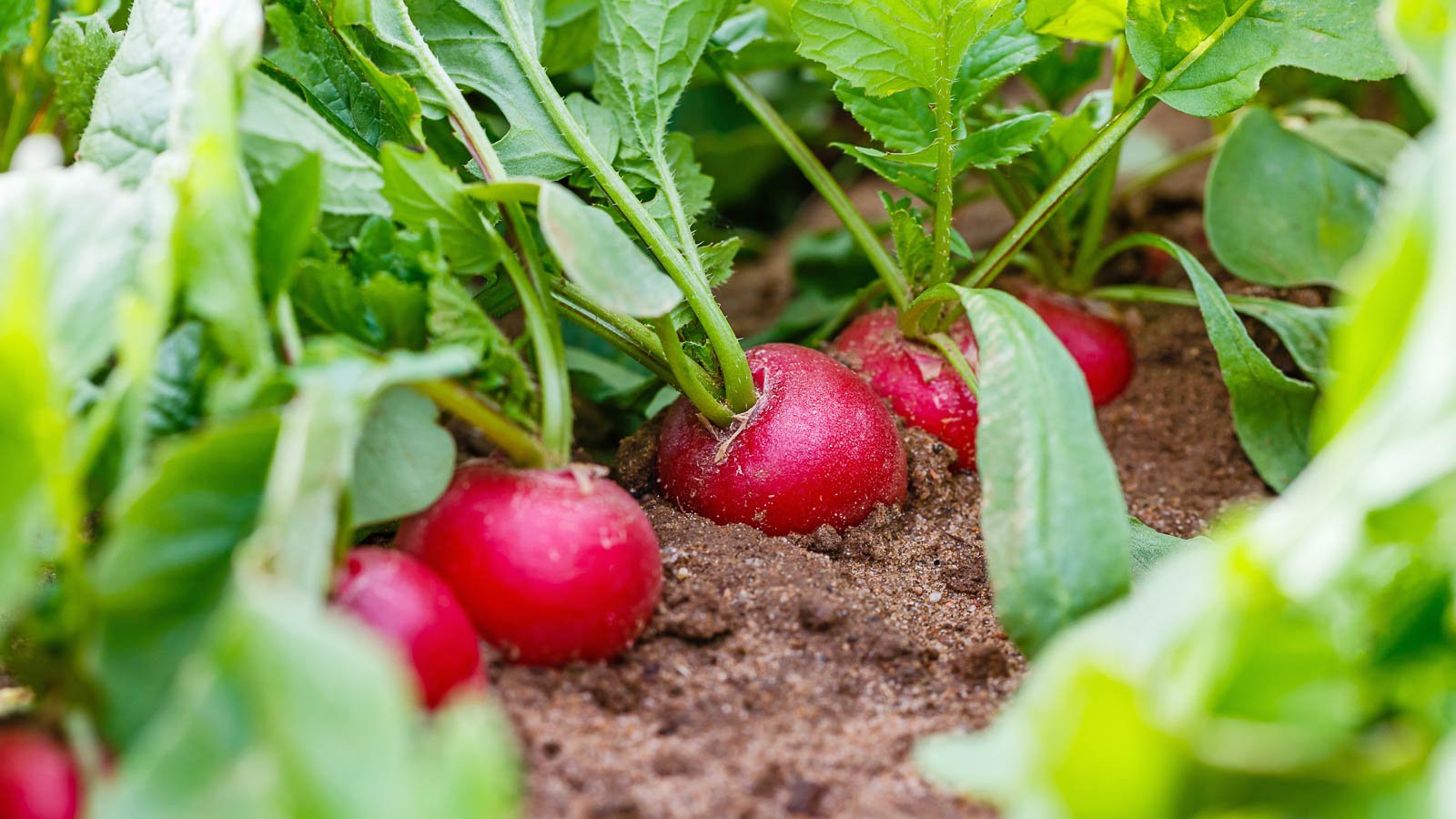

The primary classification to concentrate on is households. There are groupings above households, like orders and kingdoms, nonetheless for gardeners, that is usually as excessive as we now need to go. Better groupings don’t present as somewhat rather a lot useful info, so we begin with this main diploma.
Vegetation with related constructions are grouped into households. This contains the kind of the leaves, the enlargement conduct of the stems, or the kind of the flowers or seeds. They finish with aceae and sometimes begin with genus names we’re going to acknowledge, like Orchidaceae.
Let’s take broccoli for instance. The household title is Brassicaceae, often sometimes known as the brassica household. This household accommodates many different crops, together with radishes and mustards, and ornamentals like alyssum.
Understanding that vegetation inside the identical household share traits is useful in cultivation, significantly by the use of factors like pests. Everytime you perceive which pests often are likely to objective a sure household, chances are high you may defend not just one species nonetheless all that fall inside that group. Administration strategies are furthermore usually related between vegetation in a household.
Genus
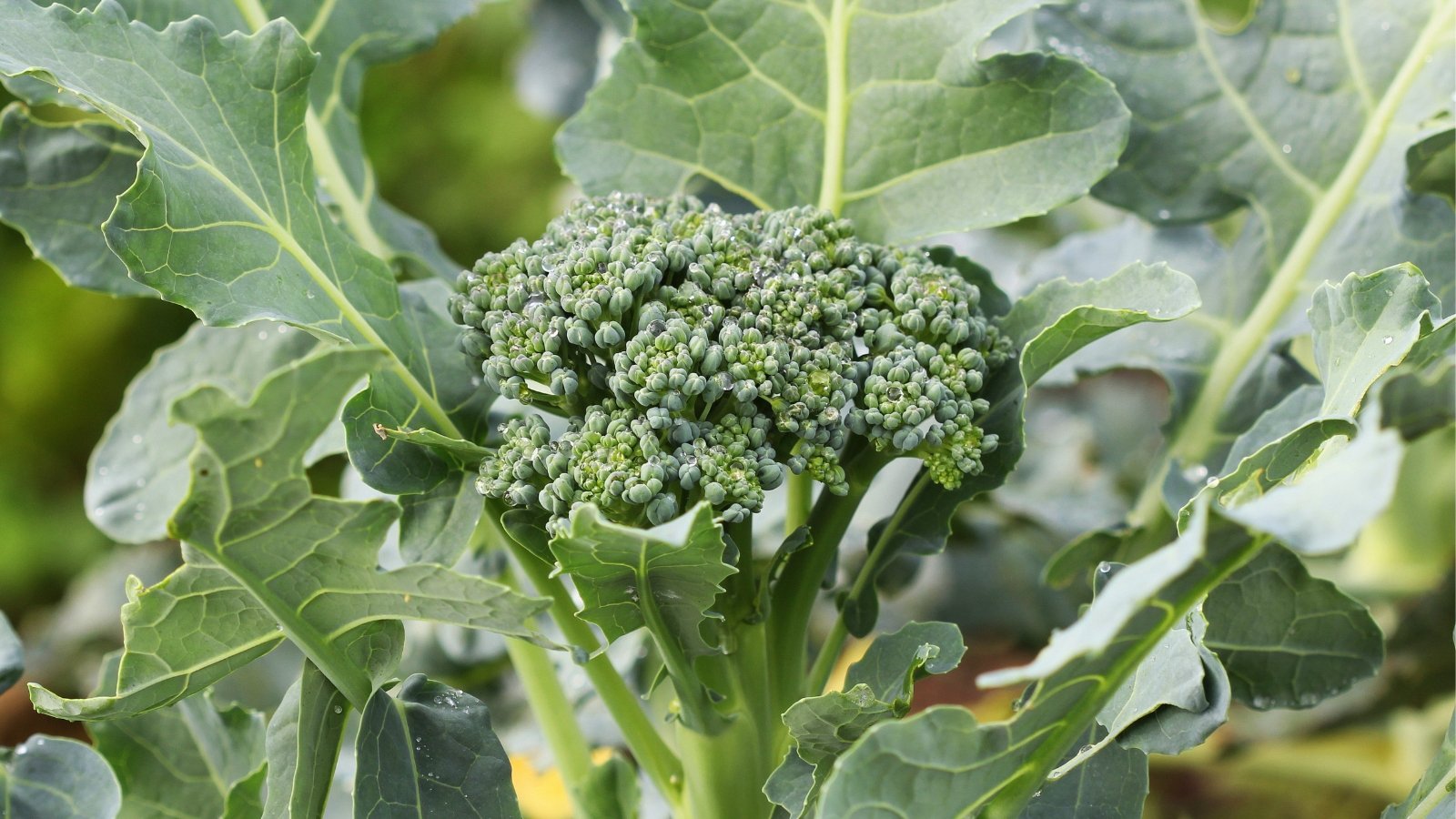

Inside a household, we now have now a genus. Or in plural, genera. The precept is the same as with households – vegetation are grouped collectively on account of they’ve related traits. Nonetheless, contained in the case of the genus, they’ve much more in frequent than vegetation inside the identical household.
There might very nicely be tons of of genera inside a household, or just some, relying on the scale. As soon as extra to the broccoli event, the genus title is Brassica (with out the aceae on the tip). Genera are frequently capitalized and italicized, too.
Many genera are just a few hundred years earlier, initially named when binomial nomenclature was launched. Nonetheless, as scientists receive additional particulars regarding the improvement of vegetation over time, genera might change, or species inside genera might change spherical.
For instance, though many acknowledge the houseplant snake plant as Sansevieria, it was reclassified just a few years beforehand into the Dracaena genus primarily based completely on new molecular phylogenetic evaluation. It takes some time for gardeners to catch on (we’re clearly not followers of change), so that you just simply’ll usually see vegetation nonetheless named utilizing their earlier genus, or each genera listed as synonyms.
Species
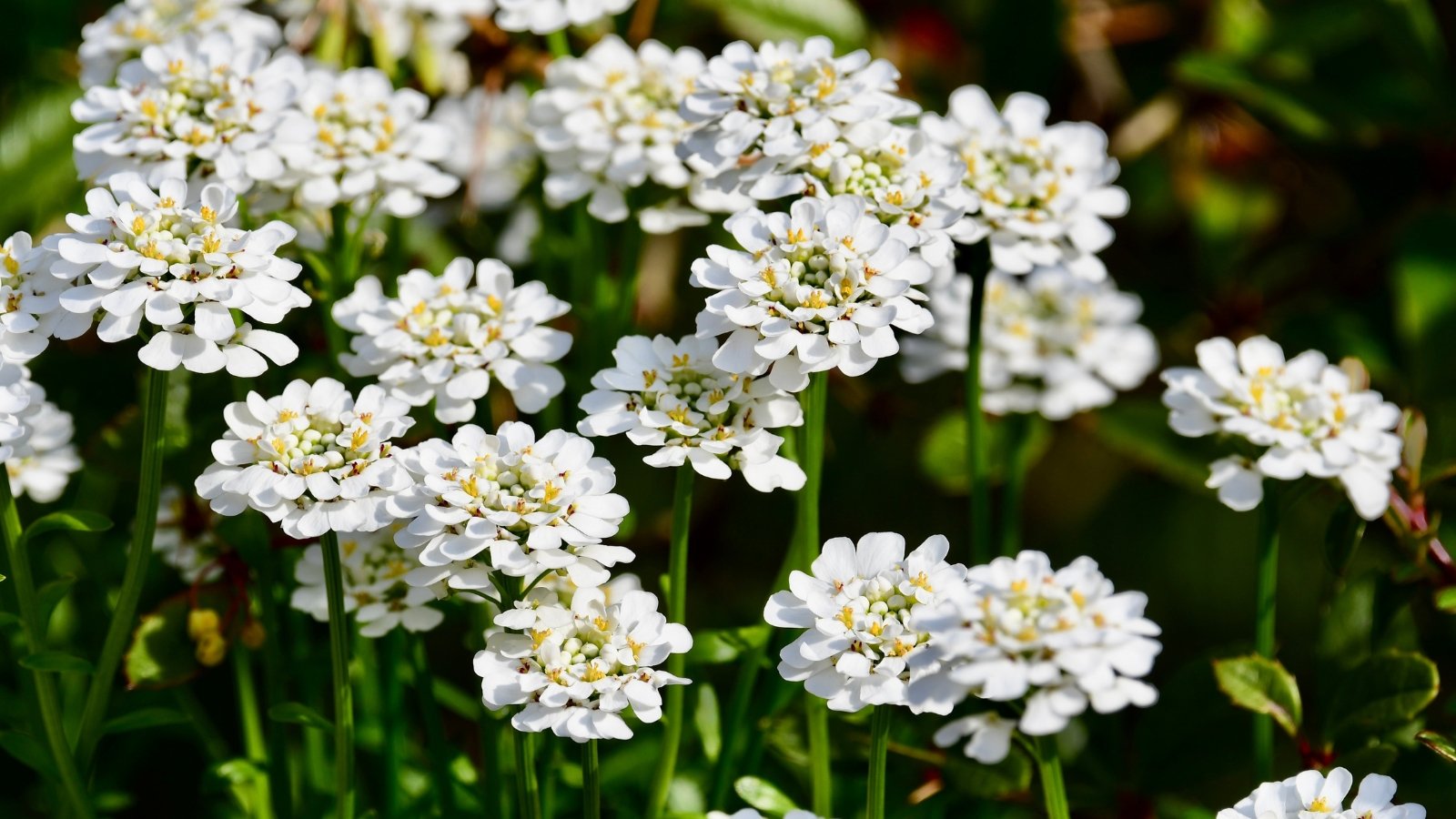

A species title consists of two phrases as per binomial nomenclature (the ‘bi’ prefix provides that away). The primary phrase refers once more to the genus, and the second known as the precise epithet.
Particular epithets arrange particular traits that set a plant aside inside a genus. They usually give us clues to how the plant grows, the place it was discovered, or who ‘found’ it. Some have Latin roots and others have Latinized Greek roots. Some are merely a model of the classifier’s title.
Everytime you’re employed with vegetation usually, you’ll get to know the connections shortly. Some phrases, like ‘flora’ or ‘grand’ are straightforward to acknowledge already to assist us decipher why a plant was named that means. Others are additional tough. In relation to vegetation named after individuals, vegetation ending in –ii are named after males, and –ae after girls.
Listed under are just a few examples of root phrases, prefixes, or suffixes:
- Lact: Milky, as in Paeonia lactiflora
- Aure: Gold, as in Epipremnum aureum
- Phyl: Leaf, as in Arisaema triphyllum
- Angust: Slender, as in Lavandula angustifolia
- Iber: From Spain, as in Iberis sempervirens
- Maritima: From the seaside, as in Lobularia maritima
The genus title plus the precise epithet varieties the species title. As soon as extra to broccoli, that’s Brassica oleracea, or B. oleracea. The precise epithet roughly means vegetable, indicating what this species is often used for.
Selection
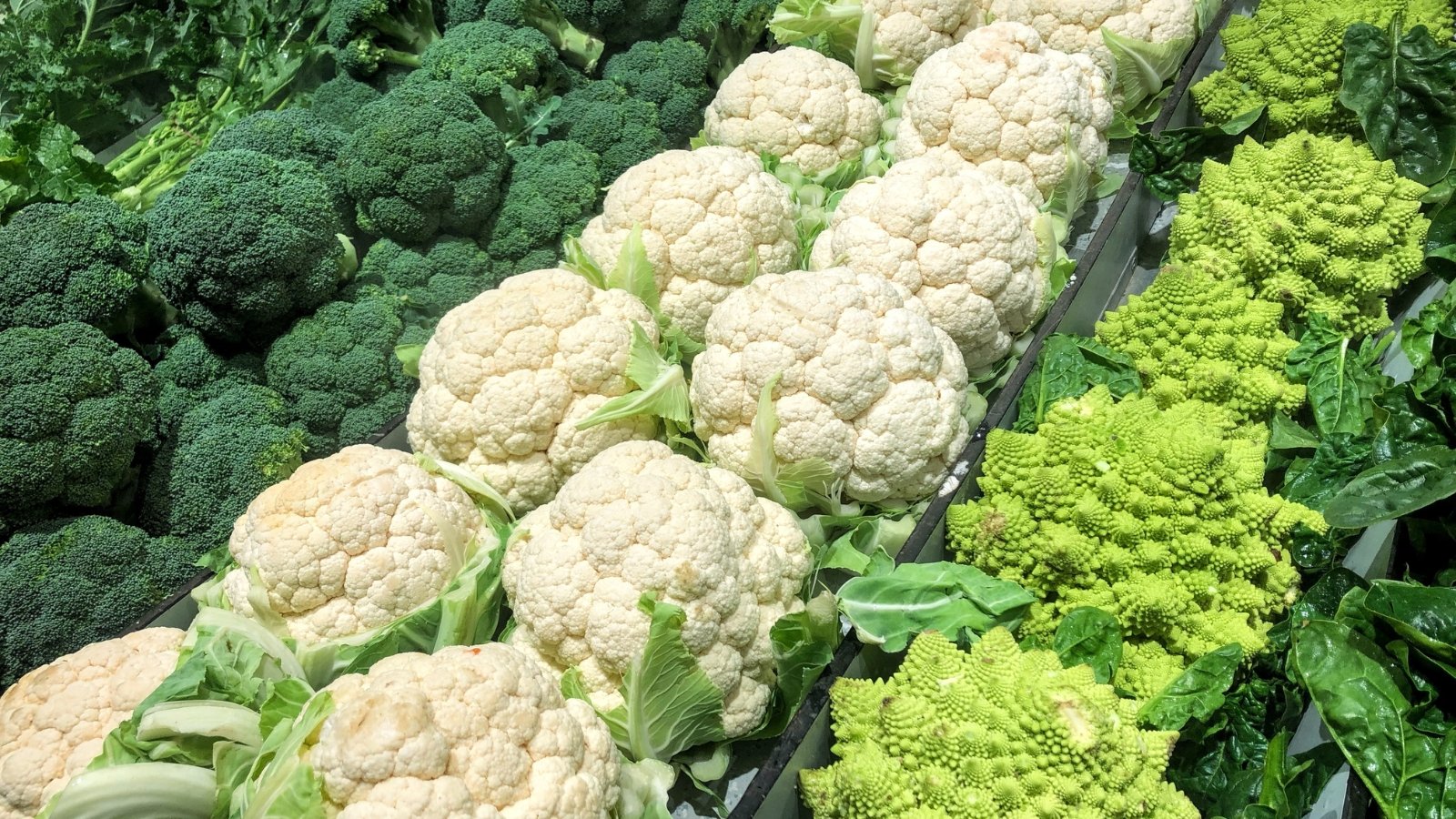

Varieties are utterly utterly completely different variations of a selected species (though not all species have utterly utterly completely different varieties inside them). They’re distinctly utterly utterly completely different from the primary species in a wide range of methods nonetheless are nonetheless genetically associated.
Varieties usually emerge naturally with out direct human intervention, nonetheless this isn’t frequently the case. It will doubtless very successfully be a random adaption, cross-pollination, or the outcomes of evolution. Varieties are indicated by the abbreviation var. between the precise epithet and the differ title. Some varieties emerged through cultivation by of us.
Broccoli is Brassica oleracea var. italica, a wide range of untamed cabbage that was cultivated by of us. The botanical Latin phrases are frequently in italics, whereas the var. stays customary.
What primarily separates varieties from cultivars is that varieties are true to kind, whereas cultivars might not be. Plant varieties are sometimes common, permitting you to develop the an similar plant from seed. These self comparable traits that make it distinctive from the species will preserve inside the brand new plant. In a number of phrases, they develop true to kind. The an similar is just not true for cultivars, which we’ll check out subsequent.
Cultivar
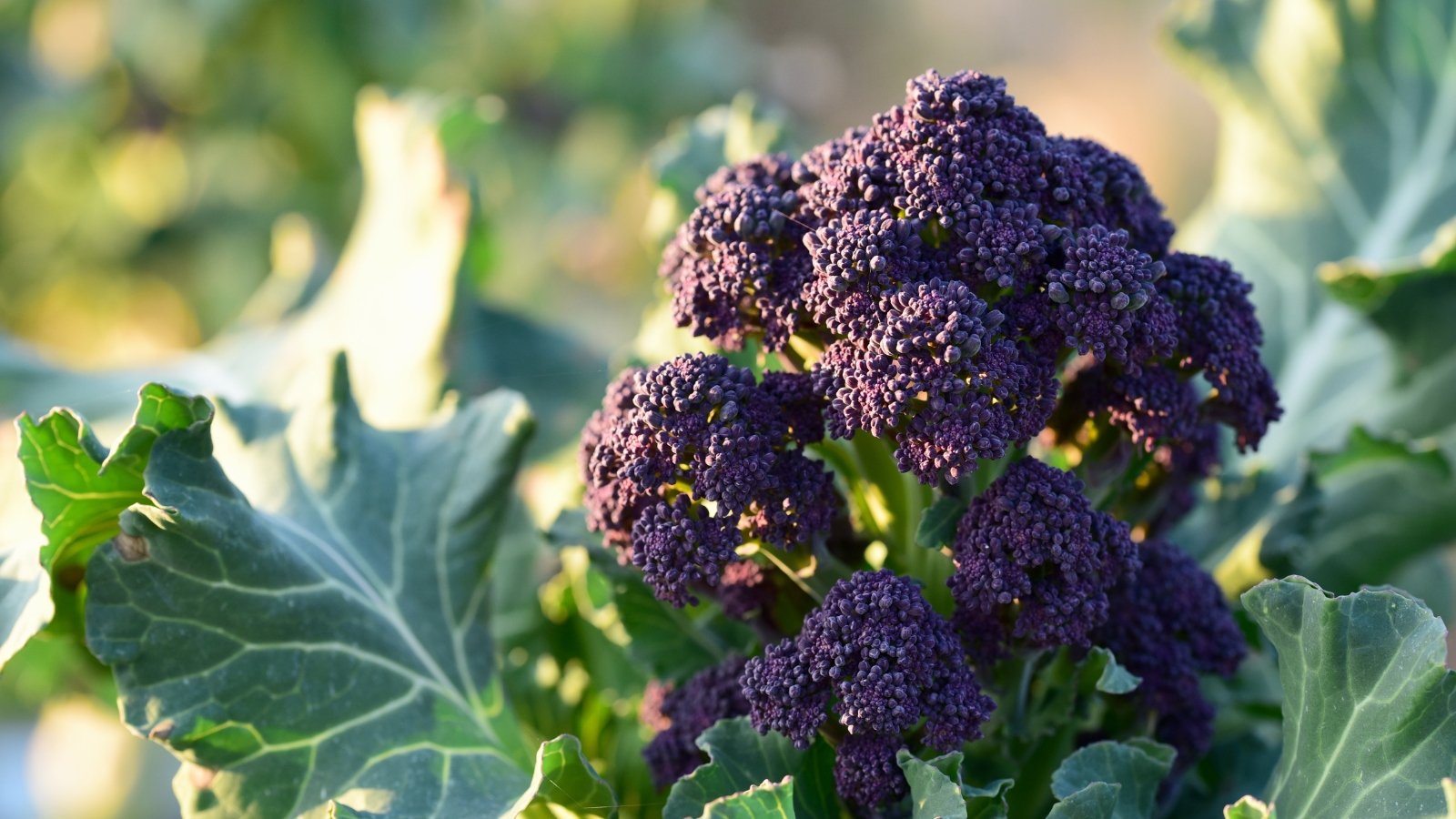

A cultivar is a single plant that has been bred by of us in a managed setting and produces a particular attribute. This botanical time interval is a mixture of ‘cultivated’ and ‘selection’, indicating a subgroup of a species that was significantly cultivated by individuals.
Plant breeders produce cultivars for plenty of causes, nonetheless the goal is enchancment of some form, every in enchancment conduct or decorative value. A few of these cultivars are a cheerful accident, although.
For instance, there are cultivars of a wide range of vegetable crops which had been bred to be proof in opposition to sure diseases, reducing the potential for ruining your harvest. Aggressive species have cultivars bred to be rather a lot a lot much less invasive contained in the yard. Others are created to bolster flower coloration or foliage patterns. The itemizing goes on.
The key distinction between an expansion and a cultivar is cultivars are extra sturdy to breed from seed. They’re capable of be cloned utilizing vegetative propagation. Breeders usually patent their cultivars ahead of distribution, so it could in all probability truly be unlawful to propagate a patented cultivar for resale.
Ending off the broccoli event, there are a great deal of attention-grabbing cultivars to pick from, like ‘Di Cicco’ or the intense purple ‘Burgundy’. The cultivar title will seem after the species title, frequently inside quotes and with capital letters. So the general title could possibly be Brassica oleracea var. italica ‘Di Cicco’.
[ad_2]
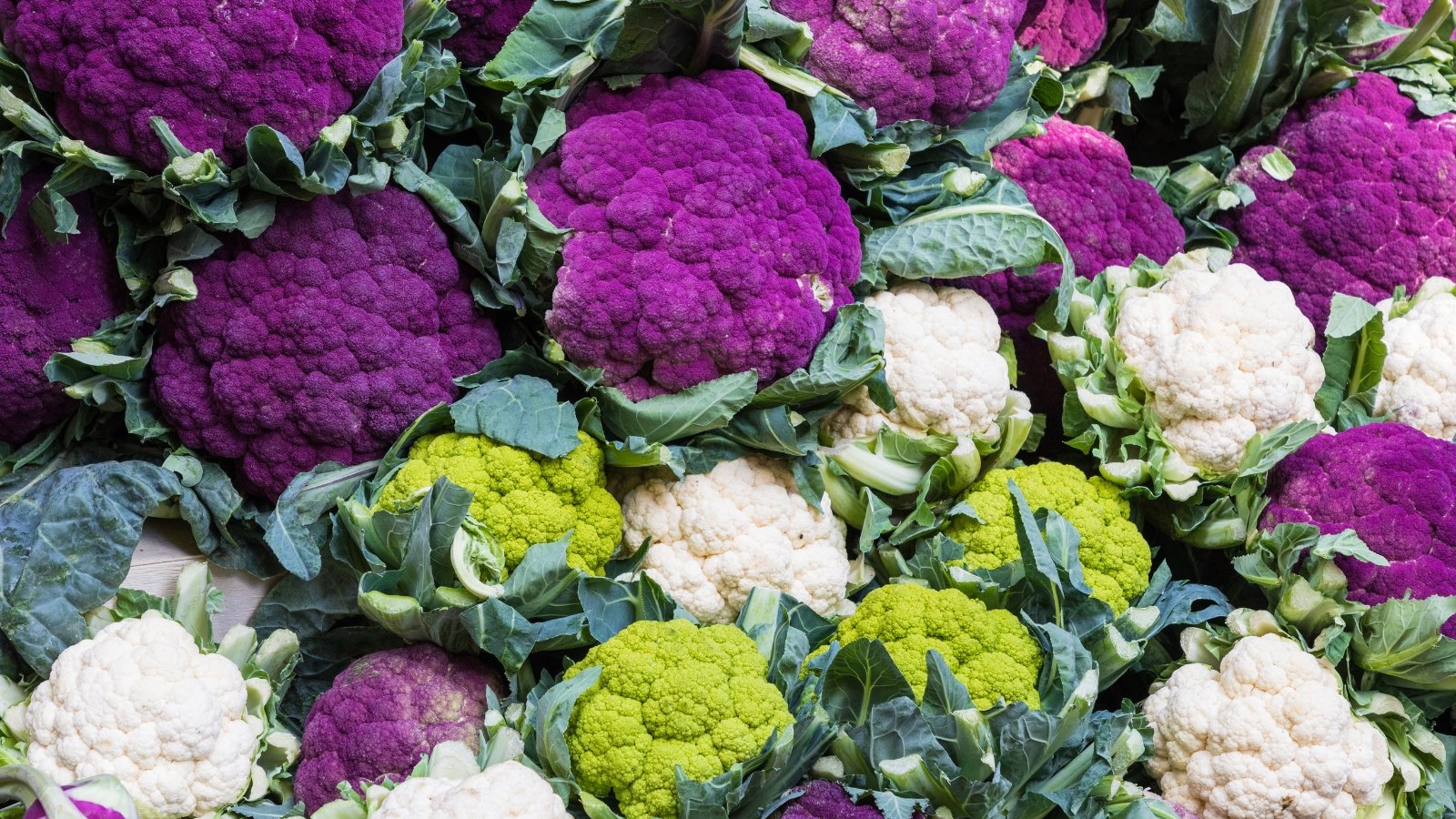
The explanation of binomial nomenclature and its significance in horticulture is quite enlightening. It’s interesting to learn how Carl Linnaeus’s system still influences our understanding of plant names today. This will help me with my gardening efforts.
This article provides a comprehensive overview of plant classification. I appreciate how it breaks down complex botanical terminology into more understandable concepts. Understanding the distinctions between families, genera, and species will definitely help gardeners.
I found the section on varieties and cultivars particularly useful. Knowing the differences can significantly impact my gardening strategy and choices. It’s a reminder of the complexities involved in plant breeding that many may overlook.
The details about specific epithets and their meanings were intriguing. It’s fascinating how plant names often carry historical or descriptive significance, enhancing our appreciation for the plants we grow in our gardens.
Overall, this article does a good job of demystifying botanical terminology for everyday gardeners. Learning about families and their shared traits can certainly aid in better garden management practices moving forward.